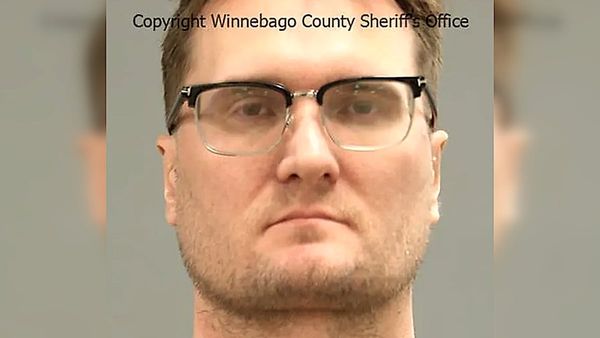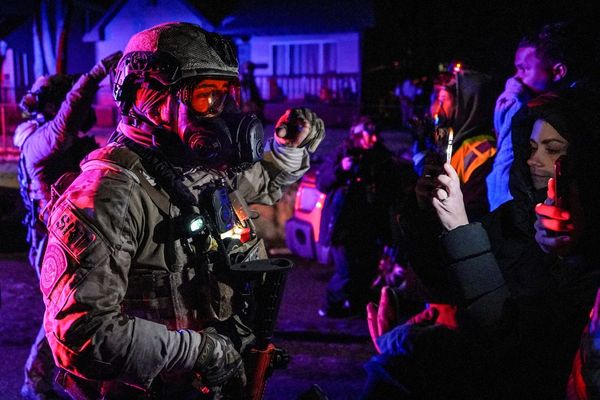The story so far: On March 7, the National Investigation Agency (NIA) filed a charge sheet in a Guwahati court where it accused the “China-Myanmar module” of the Isak-Muivah faction of the National Socialist Council of Nagaland (NSCN) of supporting cadres of two banned Meitei outfits, the People’s Liberation Army (PLA) and Kanglei Yaol Kanba Lup (KYKL), to infiltrate India. The NIA alleged that their aim was to exploit the current ethnic unrest in Manipur, which began in May 2023, with a larger goal to destabilise the State and wage a war against the Government of India.
Which are the main ethnic groupings?
The Meitei, Naga and Kuki-Zomi-Mizo are the three main ethnic groupings in Manipur. The Meiteis, the largest community, account for about 53% of the State’s total population of 27.21 lakh (2011 Census). The Nagas and the Kuki-Zo which are categorised into 34 Scheduled Tribes constitute 17% and 26% of the population respectively. India and Myanmar share a 1,643 km unfenced border of 398 km along Manipur. In January, the Government decided to fence the entire border and end the Free Movement Regime (FMR) which allowed people to cross over without any documents or passport. People on both sides of the border share ethnic ties prompting the arrangement since 1968.
What is the significance of the chargesheet?
The charge sheet was filed against five persons, M. Anand Singh, A. Kajit Singh, Keisham Johnson, L. Michael Mangangcha and K. Romojit Meitei, and is the first official statement of links between the NSCN-IM and Imphal valley-based insurgent groups during the current ethnic crisis. The accused were arrested on September 16, 2023 by the Manipur Police while travelling in a vehicle dressed in camouflage, resembling uniforms worn by security personnel. Three weapons and ammunition looted from police armouries were recovered. Following the arrests, Meira Paibi, the women’s collective in Manipur, staged protests and clashed with the police demanding their release. A court granted them bail, but Anand Singh was picked up by the NIA and brought to Delhi.
The NIA said that Anand Singh is a trained cadre of the PLA, one of the eight Meitei insurgent groups that have been banned by the MHA for “advocating secession of Manipur from India through armed struggle.” According to the NIA, Singh revealed that at the height of ethnic clashes, he was involved in other subversive activities along with other valley-based insurgent groups. The NIA said Singh mobilised local youth for armed training and that in July 2023 he participated in a weapons training camp organised at the Selloi Langamai Ecological Park near Keikhu by PLA cadres where around 80-90 young men received training in handling firearms. The PLA was formed in 1978 and continues to be one of the most violent terror outfits in the northeast and is currently led by M.M. Ngouba.
The NIA said the accused “criminally conspired with intent to carry out violent terror attacks targeting the rival Kuki-Zo community with prohibited arms and ammunition which were looted from various government sources.”
Are there other active insurgent groups?
In 2008, 24 Kuki-Zo insurgent groups under the umbrella of the United Peoples’ Front (UPF) and the Kuki National Organisation (KNO) signed a tripartite suspension of operations pact with the MHA and the Manipur government. On February 29 this year, when the pact came up for an annual extension, the Manipur government refused to send a representative, leaving the agreement in a limbo. Manipur Chief Minister N. Biren Singh has accused the groups of violating the ground rules and instigating violence in the State. According to the ground rules, after a peace pact is signed, camps are earmarked for cadres and their weapons are accounted for through regular checks conducted by a security force decided by the government.
The agreement was signed in the wake of the Kuki-Naga clashes in the 1990s where hundreds were killed. The insurgent groups demanded an independent land for the Kuki-Zo people. The clashes and killings happened after the NSCN demanded that Kuki-Zo-inhabited areas be included in its proposed ‘Greater Nagaland’ project in the 1980s.
What is the NSCN’s stand?
After The Hindu reported the NIA findings, the NSCN issued a statement, accusing the Indian security forces of helping the Kuki militant groups to wage war against the Meitei revolutionary groups in Myanmar. It said: “It is sensitive to the propaganda war waged by the Government of India against NSCN who had signed ceasefire with GOI and engaged in political talks for the last 27 years.” Distancing itself from the violence in Manipur, the NSCN had said in a statement in August 2023 that “no ethnic blood should flow in Naga areas in the name of Meitei- Kuki-Zo ethnic conflicts.”
When did the NSCN-IM sign a ‘framework agreement’?
NSCN-IM, one of the largest groups representing the Naga tribes, is engaged in peace talks with the Union Government. After signing a ceasefire agreement with the Government in 1997, the group signed a “framework agreement” on August 3, 2015 to find a political solution to the Naga issue. The NSCN-IM, has been demanding ‘Greater Nagaland,’ an extension of Nagaland’s borders by including Naga-dominated areas in neighbouring Assam, Manipur and Arunachal Pradesh, to unite more than 1.2 million Nagas, other than a separate flag and constitution. The Centre has repeatedly said there will be no disintegration of the States of Assam, Arunachal Pradesh and Manipur. More than hundred rounds of talks spanning over 24 years have taken place so far. NSCN founders Isak Chishi Swu and Thuingaleng Muivah formed the group in 1980 to oppose the Shillong Accord signed by the then Naga National Council (NNC) with the Union Government to bring peace in Nagaland. After Swu died in 2016, the talks are being spearheaded by Mr. Muivah. Former Special Director, Intelligence Bureau (IB), A.K Mishra, who was appointed adviser in the Ministry of Home Affairs (MHA) in 2020, is currently holding the peace talks, which appears to be in a limbo.
The talks broke down in June 2022 after the NSCN accused Mr. Mishra of excluding three political points, earlier agreed to by former Naga interlocutor Mr. R.N. Ravi from the final proposal submitted to the outfit.







